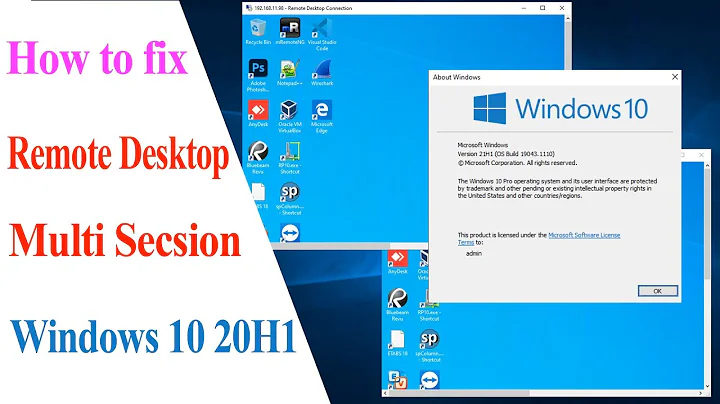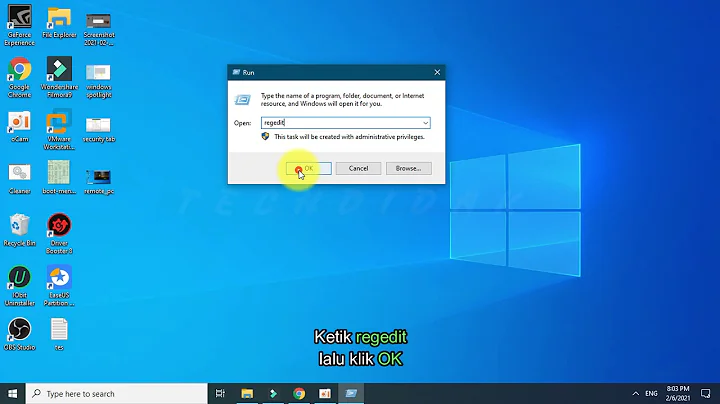Keeping remote desktop session "alive"
Solution 1
We had the same problem with RDP. A workaround we used was to open another remote desktop session to connect to the same server:
- You connect to
serverwith RD. - From RD of step 1, you connect to
serveronce again.
This way the 2nd session will be still "active" when you minimize or even disconnect your first RD session. Of course your Remote Desktop server has to support multiple connections from the same user.
Solution 2
You might want to attach your current RDP session to the CONSOLE. In such case even after disconnection the UI will be still active.
TSCON {sessionid | sessionname} /DEST:CONSOLE
Related videos on Youtube
lysergic-acid
Software Engineer, Game Developer, Cat Owner Blogging @ http://www.tallior.com Check out my gigs @ http://www.fiverr.com/lysergide
Updated on June 04, 2022Comments
-
lysergic-acid almost 2 years
I'm using AutoIt to automate GUI operations (connecting to the machine that's running the to-be-automated app, using RDP). Whenever I minimize the RDP window (using mRemote) no further AutoIt commands are performed.
Maybe the RDP session is marked "inactive" when I minimize the window (I don't know if that's true, nor how to configure this behavior, if so). I'm thinking about 2 options to overcome this:
- Running my process as some elevated user (or a service).
- Finding this configuration which controls whether session is marked inactive and override it.
How to keep remote desktop session "alive" when the RDP window gets minimized?
-
 Alexey Ivanov about 13 years@liortal Yep, it's true. I guess it's somehow related to the way windows are painted: if windows is not currently visible, it won't receive
Alexey Ivanov about 13 years@liortal Yep, it's true. I guess it's somehow related to the way windows are painted: if windows is not currently visible, it won't receiveWM_PAINTmessages. When you minimize Remote Desktop window, it is no longer visible, and it is not painted therefore; additionally it does not receive mouse events: after all Remote Desktop shares mouse with your client desktop.




![Fix: Remote Session Was Disconnected In Windows 10/8/7 [Tutorial]](https://i.ytimg.com/vi/iww-zd588aA/hq720.jpg?sqp=-oaymwEcCNAFEJQDSFXyq4qpAw4IARUAAIhCGAFwAcABBg==&rs=AOn4CLC1Z1PK0d0KVDa9l1h7ekVeo-qDeQ)




